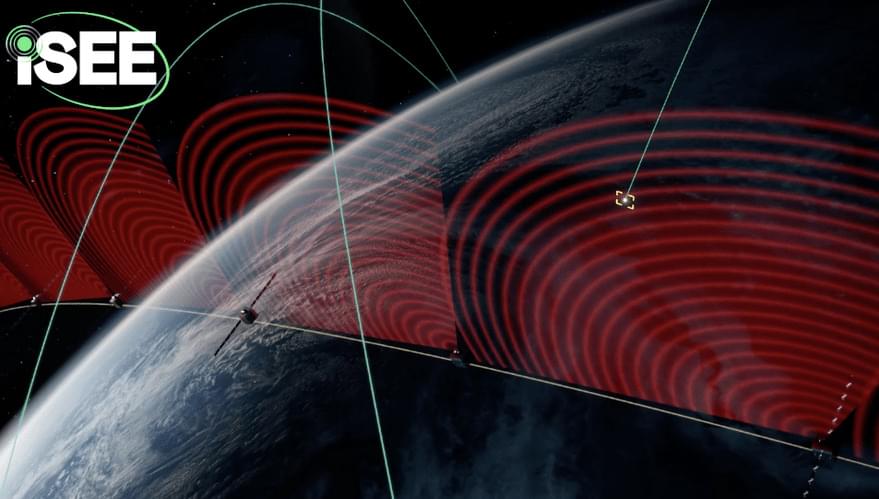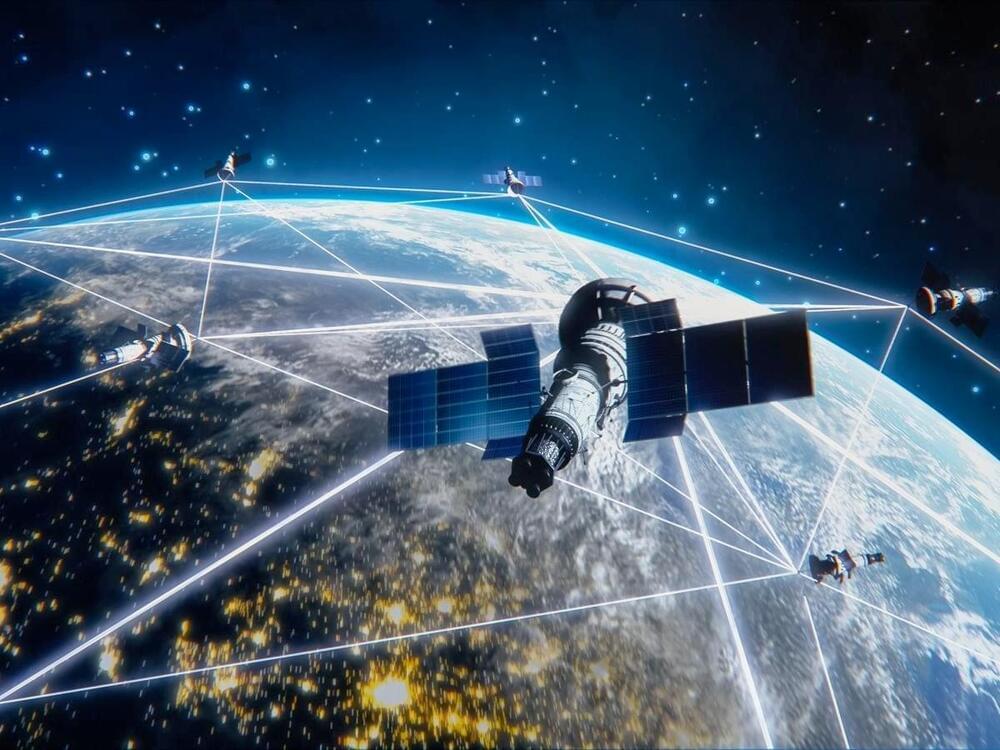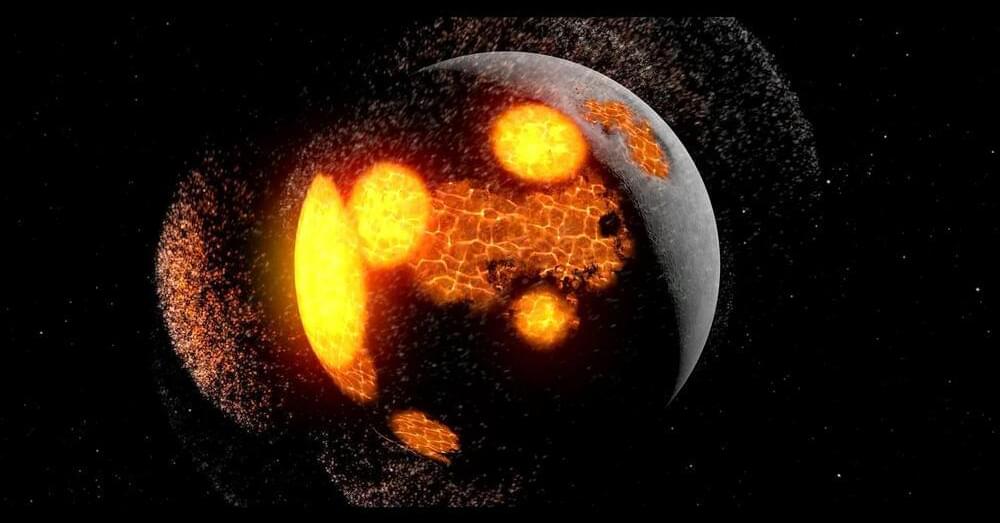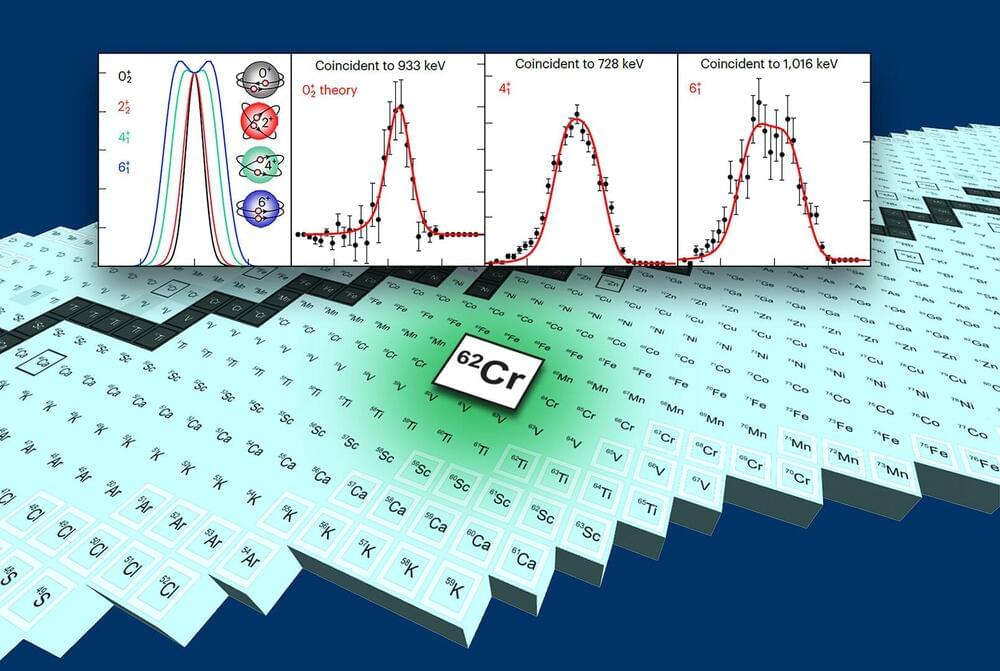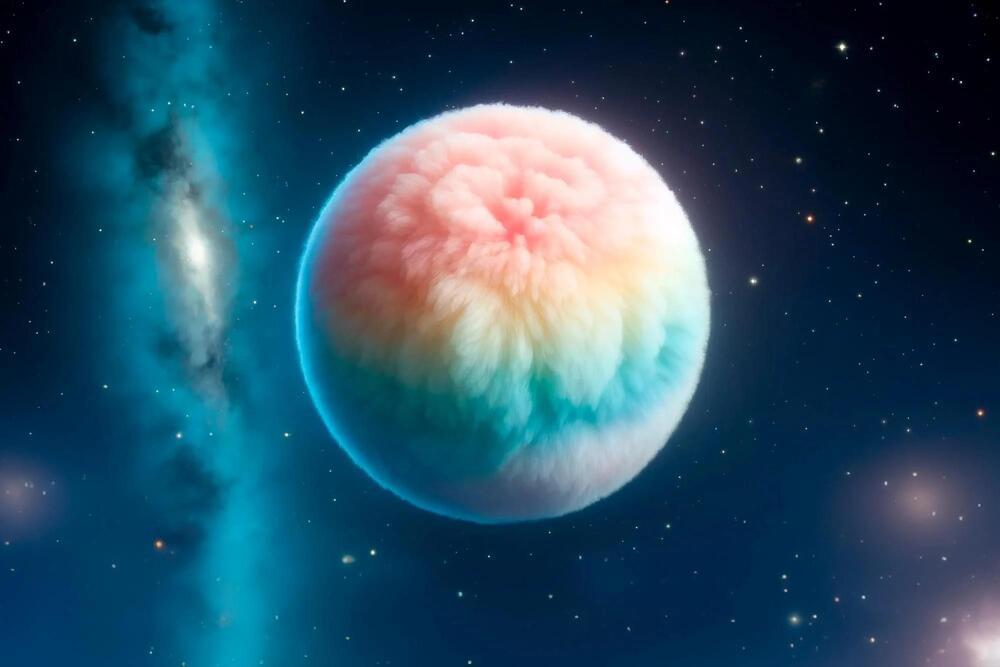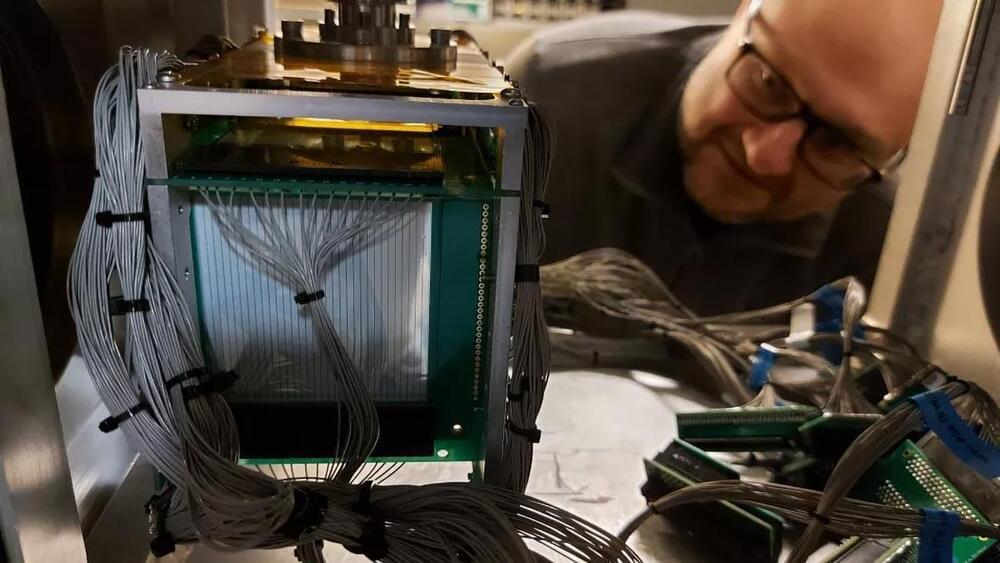A researcher has released a tool to bypass Google’s new App-Bound encryption cookie-theft defenses and extract saved credentials from the Chrome web browser.
The tool, named ‘Chrome-App-Bound-Encryption-Decryption,’ was released by cybersecurity researcher Alexander Hagenah after he noticed that others were already figuring out similar bypasses.
Although the tool achieves what multiple infostealer operations have already added to their malware, its public availability raises the risk for Chrome users who continue to store sensitive data in their browsers.

